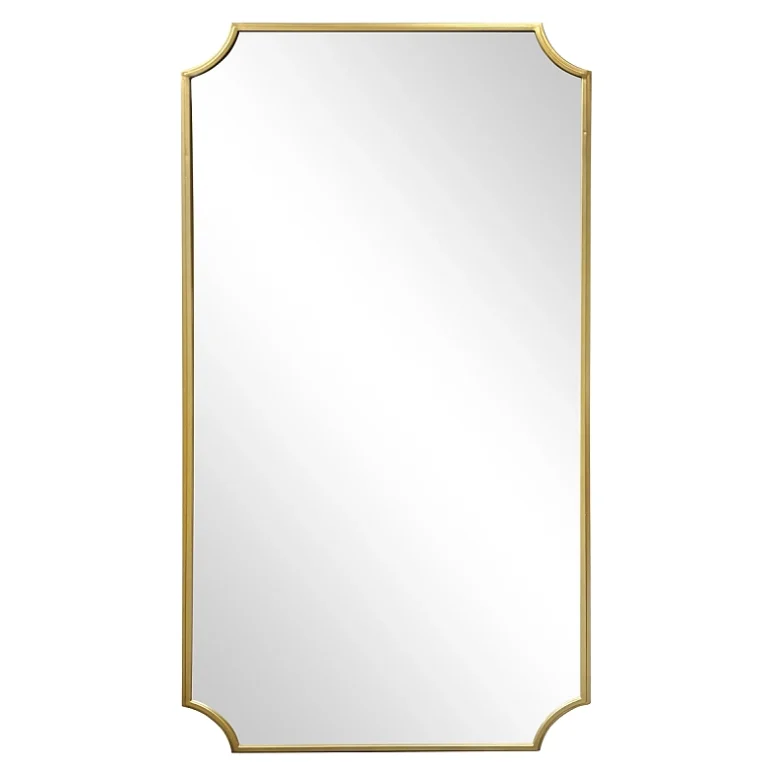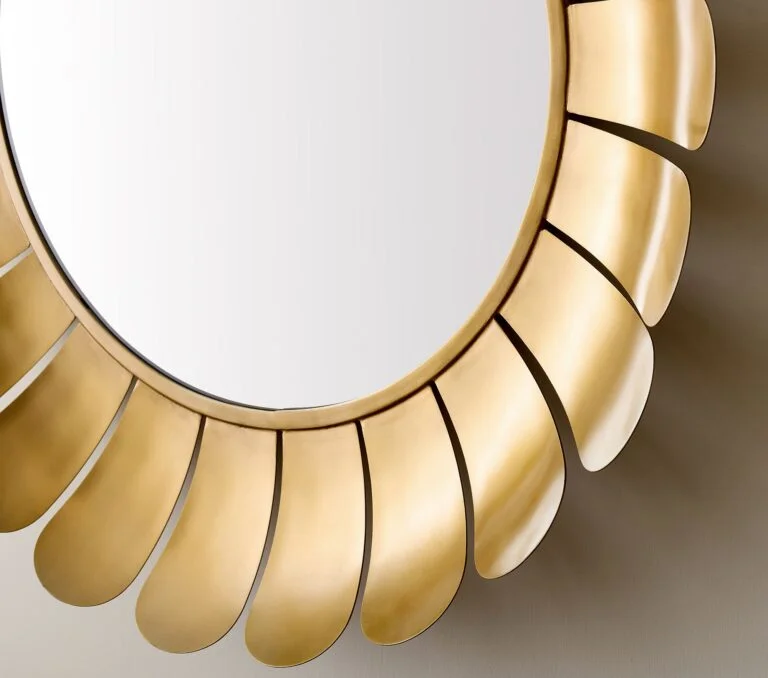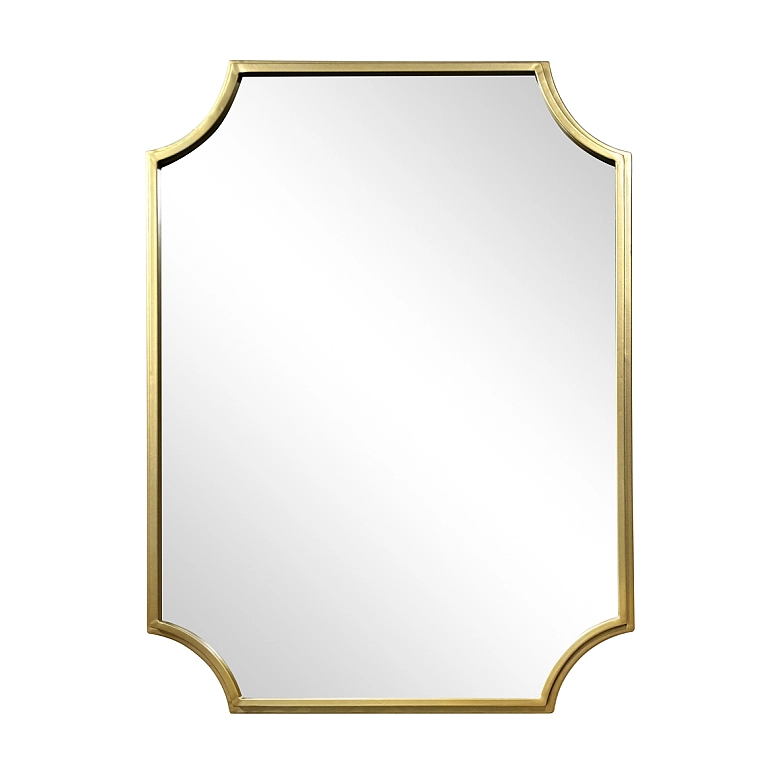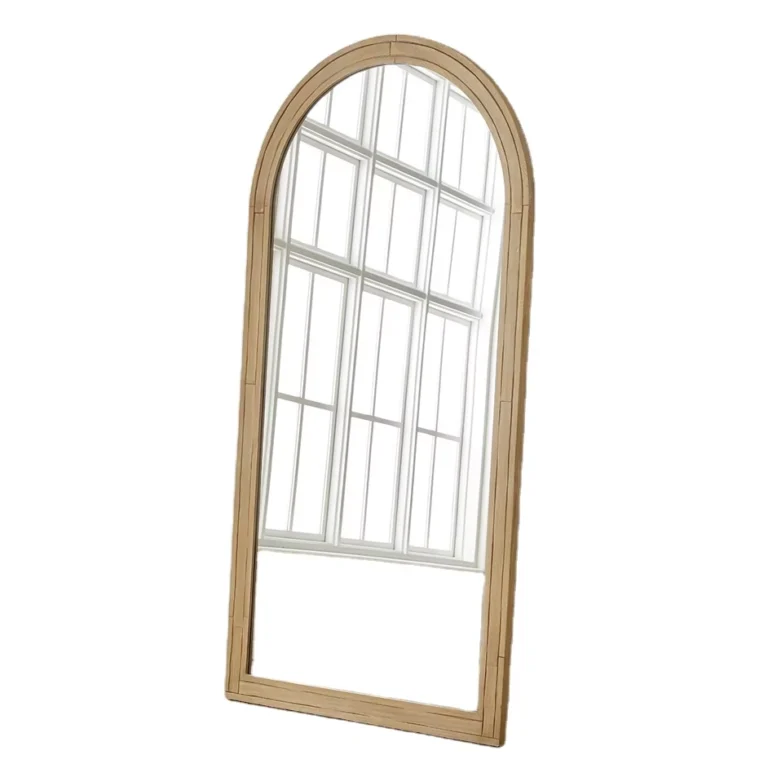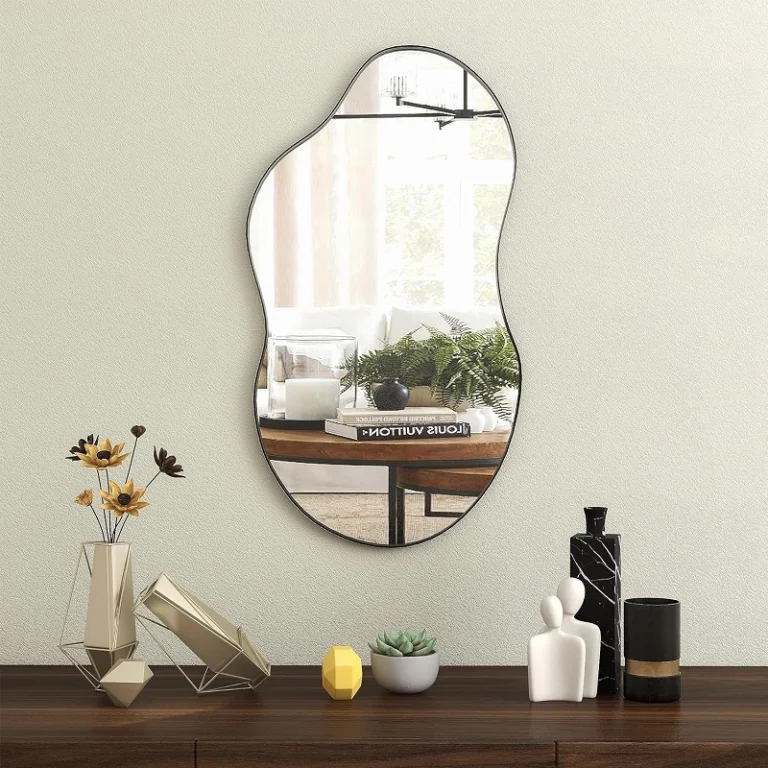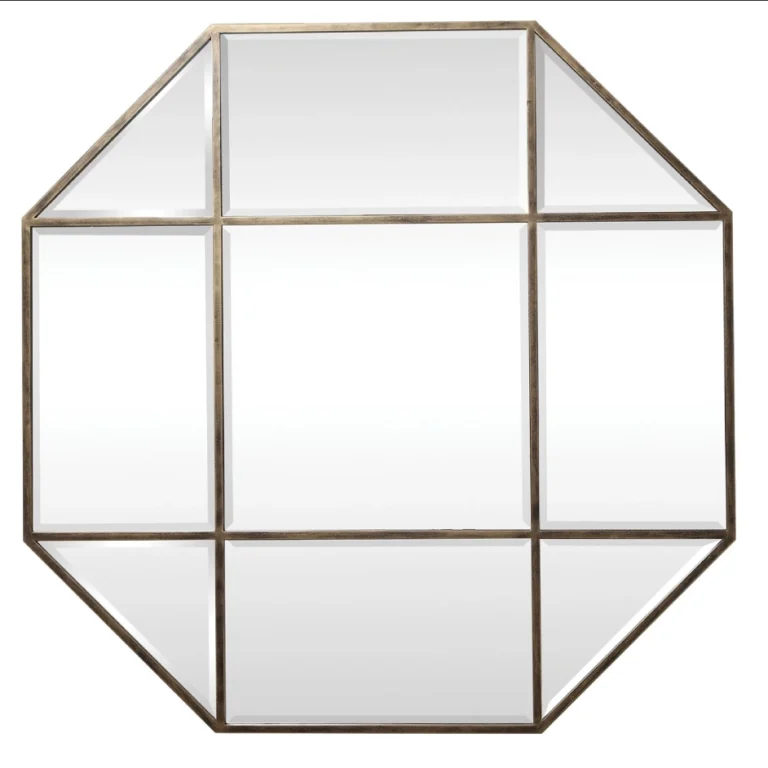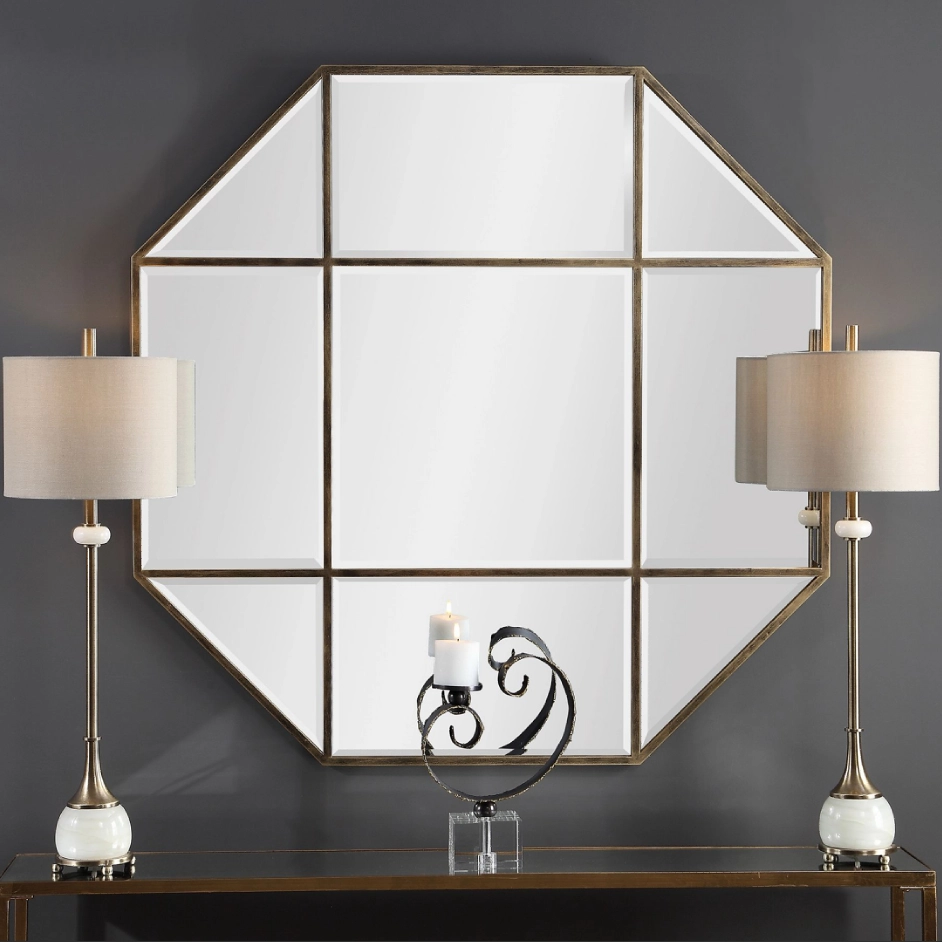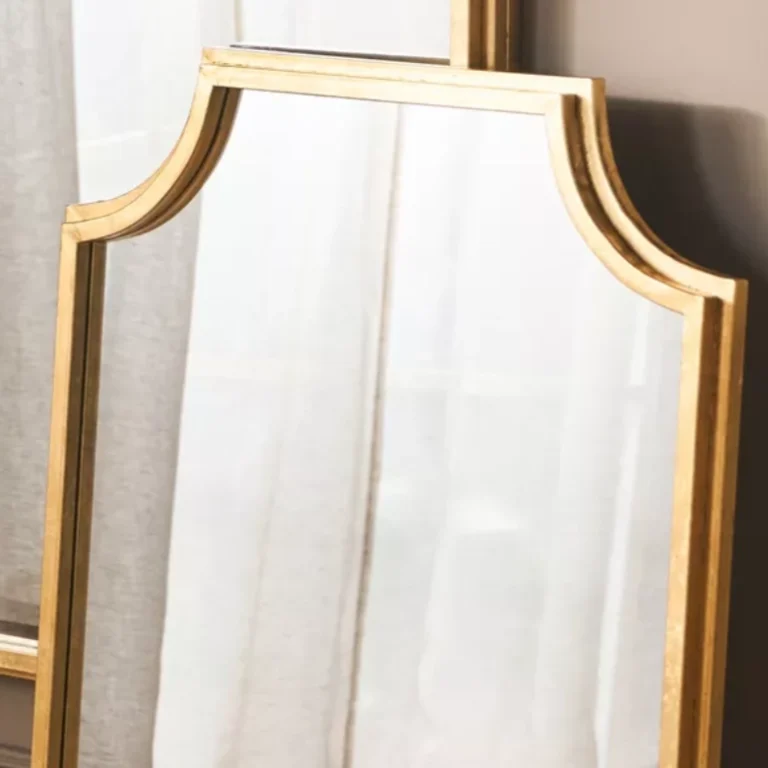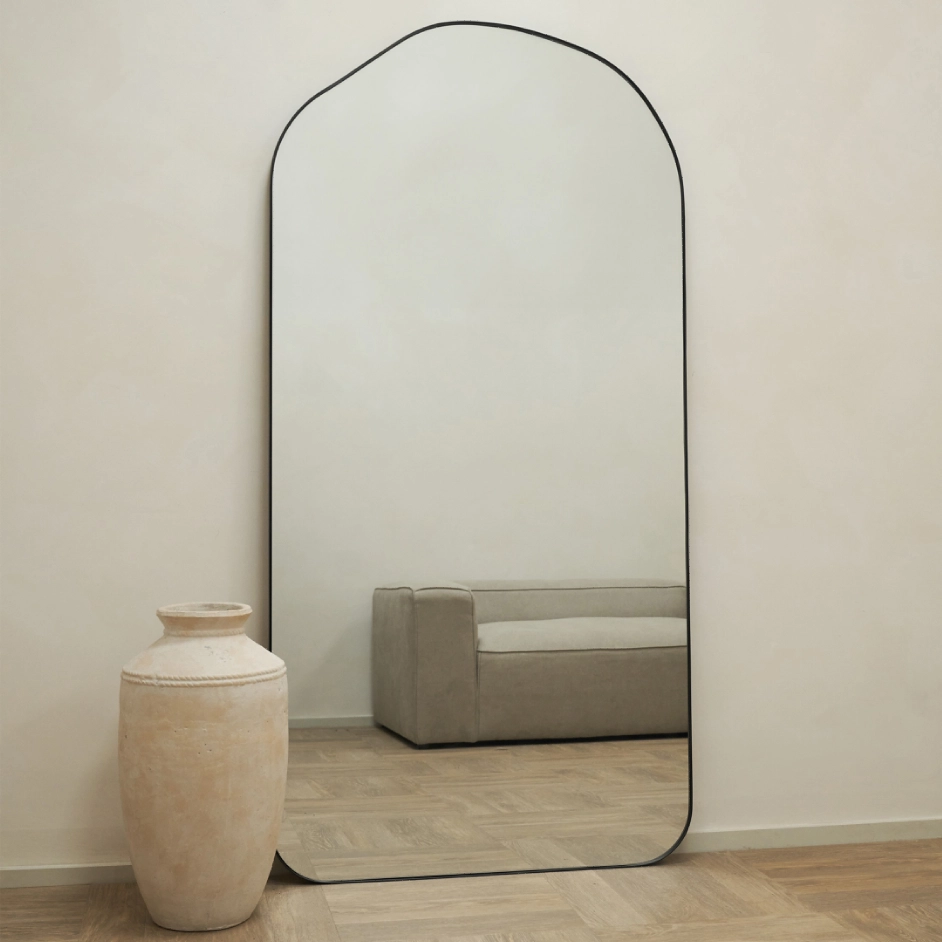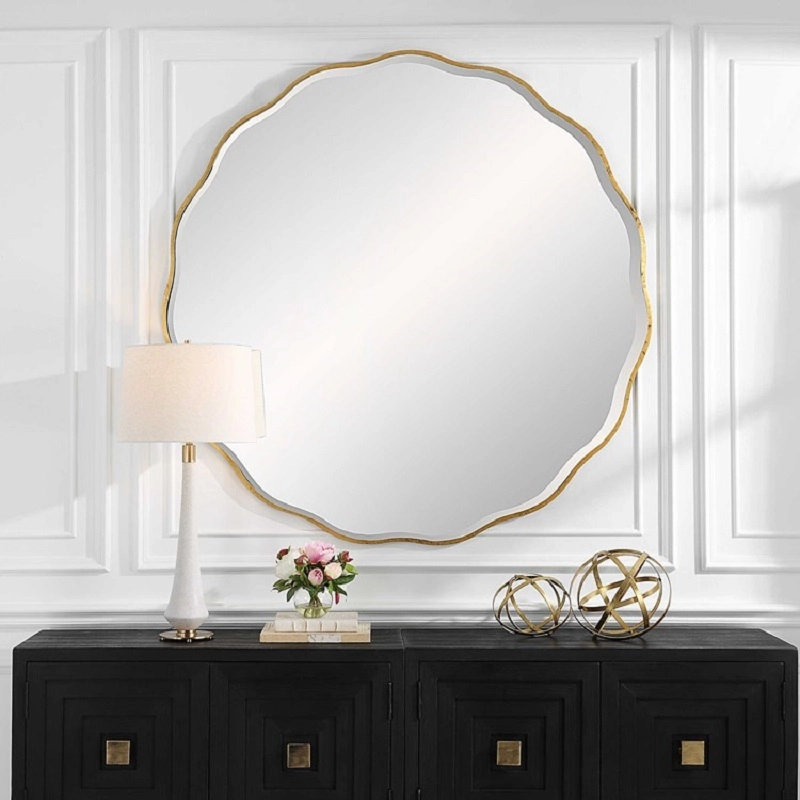Mashrabiya design wardrobe mirror Qatar
Of course. Designing a Mashrabiya wardrobe mirror for a Qatari context is a fantastic idea that blends traditional Islamic architecture with modern functionality and elegance. It evokes a sense of place, privacy, and intricate beauty.
Here is a comprehensive guide to designing such a piece, covering design inspiration, practical considerations, and implementation for Qatar.
1. Conceptual Inspiration & Cultural Significance
The Mashrabiya is not just a decorative element; it has deep functional and cultural roots in the Gulf region, including Qatar:
-
Privacy (Hijab): Allows occupants to look out without being seen, a key principle in Islamic architecture. For a wardrobe, this translates to obscuring the contents while hinting at what’s inside.
-
Ventilation & Climate Control: The intricate latticework facilitates air flow. For a mirror, this is a aesthetic feature rather than functional, but it evokes the feeling of a cool, breezy space.
-
Light Control: It filters harsh sunlight, creating beautiful, dappled patterns of light and shadow (a effect known as qamarriya). A backlit mirror could mimic this effect beautifully.
-
Ornamentation: It represents a high form of Islamic geometric art, symbolizing infinity and the unity of creation.
2. Design Styles for the Mashrabiya Mirror
You have several avenues to explore, from traditional to contemporary:
A. Traditional Geometric Patterns
This is the most authentic approach, using classic Islamic geometric designs.
-
Source Inspiration: Look at patterns from:
-
Souq Waqif: The wooden screens and doors throughout the souq.
-
Msheireb Downtown Doha: While modern, it incorporates traditional Qatari architectural elements.
-
The Museum of Islamic Art (MIA): The architecture and artifacts are a treasure trove of geometric inspiration.
-
-
Common Patterns: Star-based patterns (6-pointed, 8-pointed, 12-pointed), interlocking circles, and complex tessellations.
B. Organic & Nature-Inspired Patterns (Less Common but Beautiful)
Inspired by Qatari flora and other organic forms.
-
Date Palm Fronds: The veins of a palm leaf can be abstracted into a beautiful, flowing pattern.
-
Oyster Shells / Pearls: A nod to Qatar’s pearl diving heritage, using concentric circles or mother-of-pearl inlays.
-
Sand Dunes: Soft, undulating lines that mimic the waves of the Qatari desert.
C. Contemporary Minimalist
A modern interpretation for a sleek interior.
-
Simplified Geometry: Using a single, repeated minimalist shape (e.g., a simple hexagon or diamond) in a larger, more open scale.
-
Asymmetric Feature: Instead of a full screen, a Mashrabiya-inspired pattern could frame the mirror or be incorporated as a corner detail.
3. Practical Design Considerations & Integration
A. The Mirror Itself
-
Full Mashrabiya Door: The entire front of the wardrobe is a Mashrabiya-patterned screen, with a mirror mounted behind it. This is the most dramatic and authentic look.
-
Mashrabiya Frame: A large, plain mirror is surrounded by a deep, beautifully carved Mashrabiya frame. This is a simpler and often more cost-effective option.
-
Inlaid Panels: The Mashrabiya pattern is not the door itself but is applied as decorative panels on the sides or top of a full-length mirror.
B. Materials & Craftsmanship
-
Wood (Traditional):
-
Teak or Mahogany: Excellent, durable hardwoods traditionally used. They can be stained in dark walnut, light oak, or painted.
-
MDF (Medium-Density Fibreboard): A very budget-friendly option. A CNC machine can cut incredibly precise and intricate patterns into MDF. It can then be painted or laminated to look like wood. This is the most common modern method.
-
-
Metal (Modern):
-
Laser-Cut Steel or Aluminum: Creates a stunning contemporary look. The pattern can be painted in matte black, gold, bronze, or even left as raw metal. Lighter than wood and very sleek.
-
-
Acrylic or Composite Materials: For a lightweight and modern feel, often used with integrated LED lighting.
C. Integration with the Wardrobe
-
Freestanding vs. Built-In: Decide if this is a standalone armoire or a built-in closet system. The design will vary accordingly.
-
Doors: Sliding doors are very popular in modern Qatari homes (saving space). A Mashrabiya sliding door mirror would be stunning. Swing doors are more traditional.
-
Lighting: This is crucial. Integrated LED lighting can transform the piece.
-
Backlighting: Placing LEDs behind the Mashrabiya screen will make the pattern glow beautifully and act as a soft ambient light source.
-
Front Lighting: Small, discreet spotlights above the mirror can highlight the texture and depth of the carving.
-
4. Implementation in Qatar: Finding Craftsmen and Suppliers
Qatar has a rich ecosystem of craftsmen and modern fabricators capable of executing this design.
-
Souq Waqif Carpenters: For a truly authentic and handcrafted piece, explore the carpentry shops in and around Souq Waqif. You can discuss designs directly with skilled craftsmen. Be prepared for this to be a more involved and potentially expensive process.
-
Interior Fit-Out Companies: Most major interior design and fit-out companies in Doha (e.g., in the Bin Mahmoud or Industrial Area) have workshops with CNC machines. They can precisely cut any design you provide from MDF or wood. This is efficient and accurate.
-
Metal Fabricators: For a metal version, seek out laser cutting workshops in the Industrial Area. They can take a digital file and cut it from a sheet of metal.
-
Custom Furniture Stores: Many high-end furniture stores in Qatar (in malls like Lagoona Mall or Place Vendôme) offer custom furniture services and can manage the entire project for you.
5. Conceptual Sketch / Description
Here’s an idea to visualize:
-
Name: The Doha Miraj Mirror
-
Design: A full-height, sliding wardrobe door system.
-
Material: CNC-cut MDF, painted in a deep “Souq Waqif Brown” satin finish.
-
Pattern: An 8-pointed star geometric pattern, inspired by details from the MIA, scaled to be visually striking but still offer a degree of privacy for the wardrobe contents.
-
Mirror: A large, clear mirror is mounted on the back panel of the wardrobe, directly behind the Mashrabiya screen.
-
Lighting: A thin, LED strip runs along the inner frame, controlled by a touch sensor. When activated, the light glows through the pattern, casting intricate shadows into the room and making the mirror functional for use even in low light.
This approach creates a functional art piece that is deeply connected to Qatari heritage and perfectly suited for a modern home.
Generally speaking, our order requirements are as follows: the minimum order quantity (MOQ) for large items is 50 pieces, for regular items it is 100 pieces, for small items it is 500 pieces, and for very small items (such as ceramic decorations) the MOQ is 1,000 pieces. Orders exceeding $100,000 will receive a 5% discount. The delivery timeline is determined based on the specific order quantity and production schedule. Typically, we are able to complete delivery within two months.

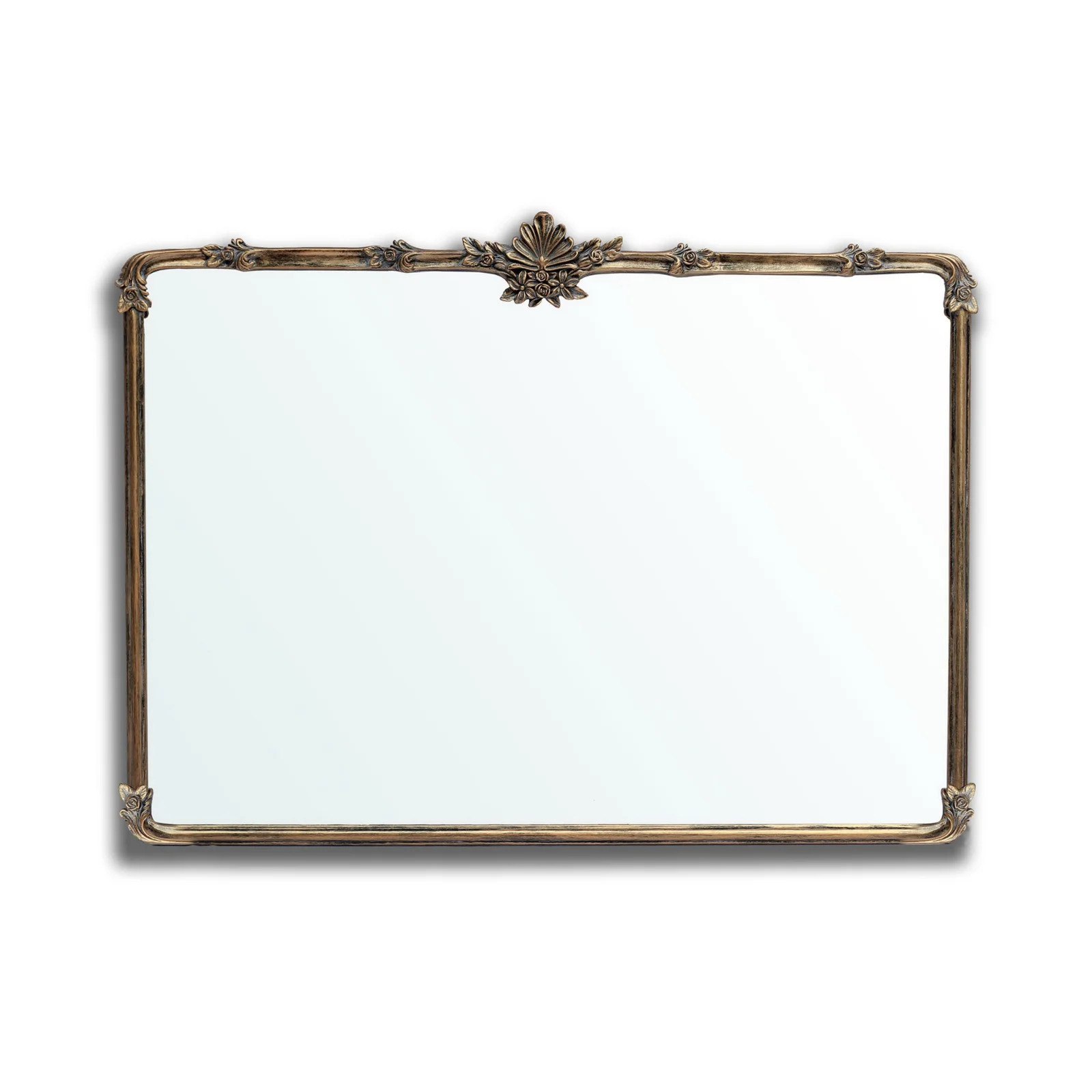
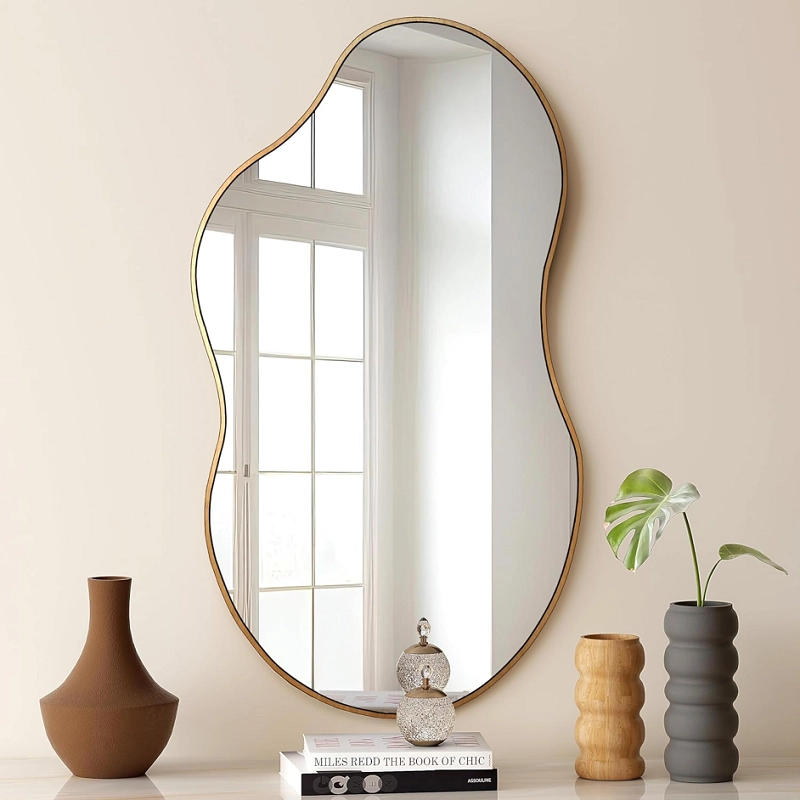
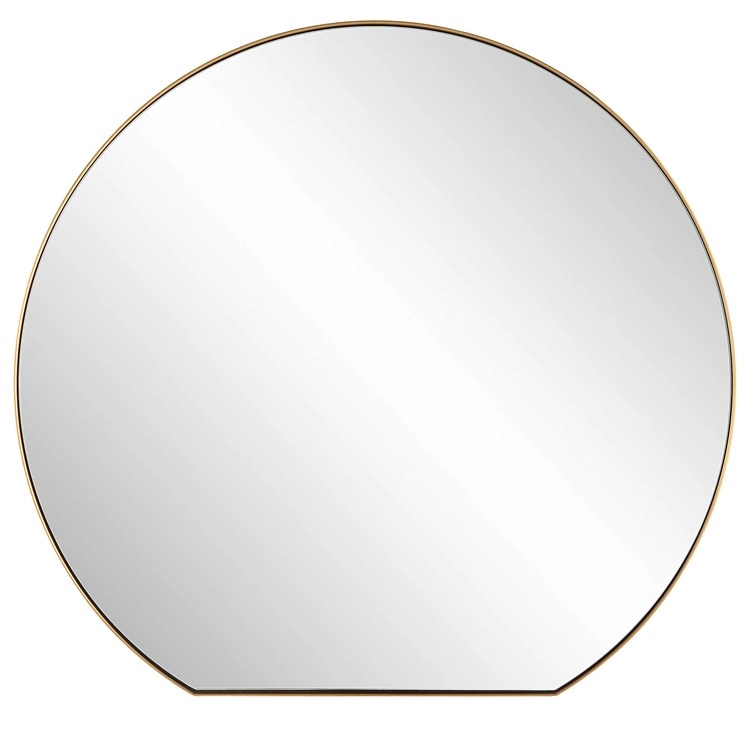
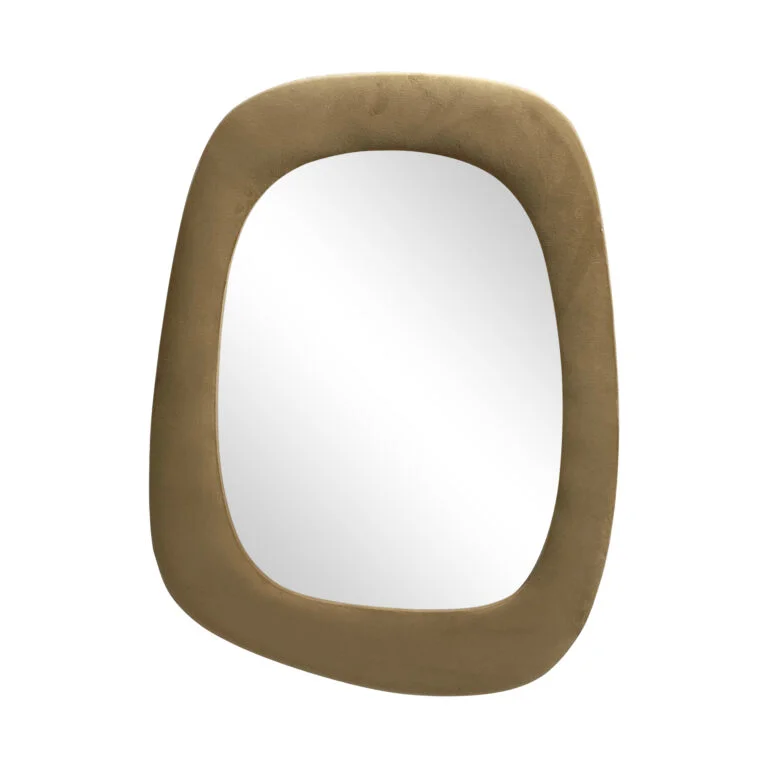
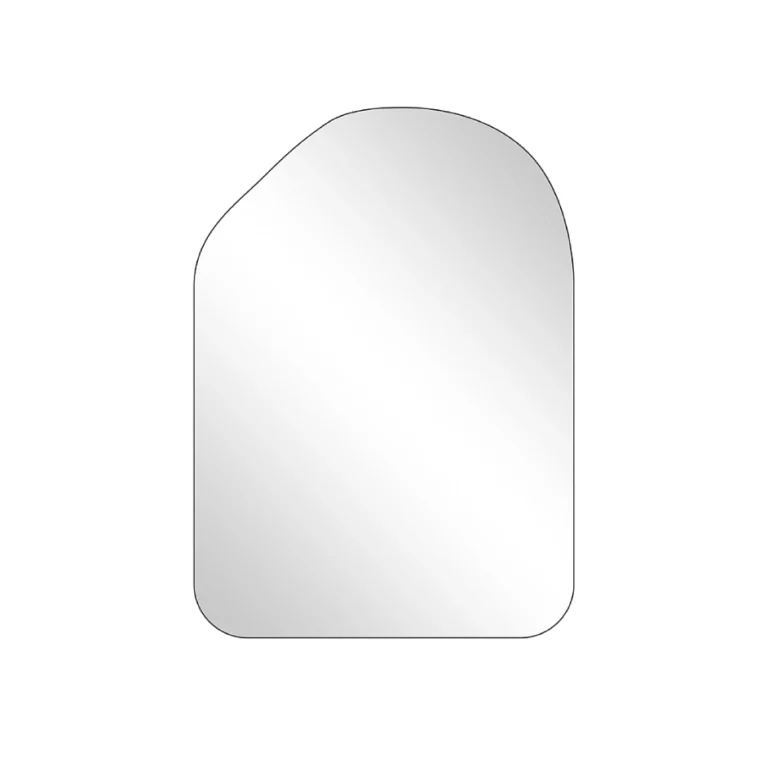
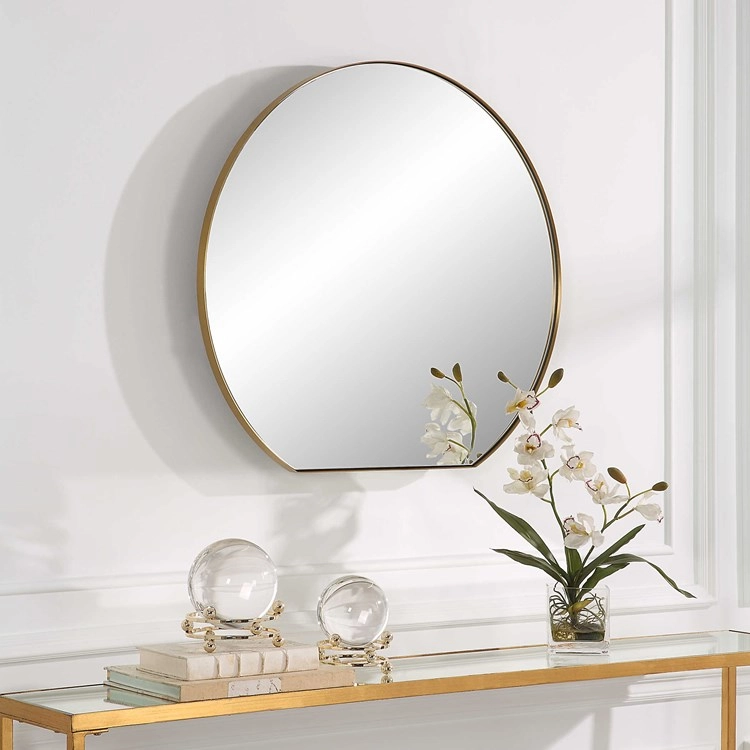
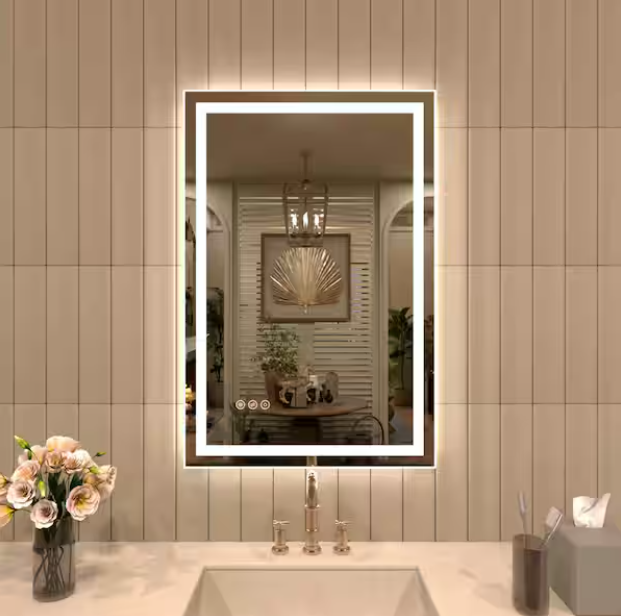
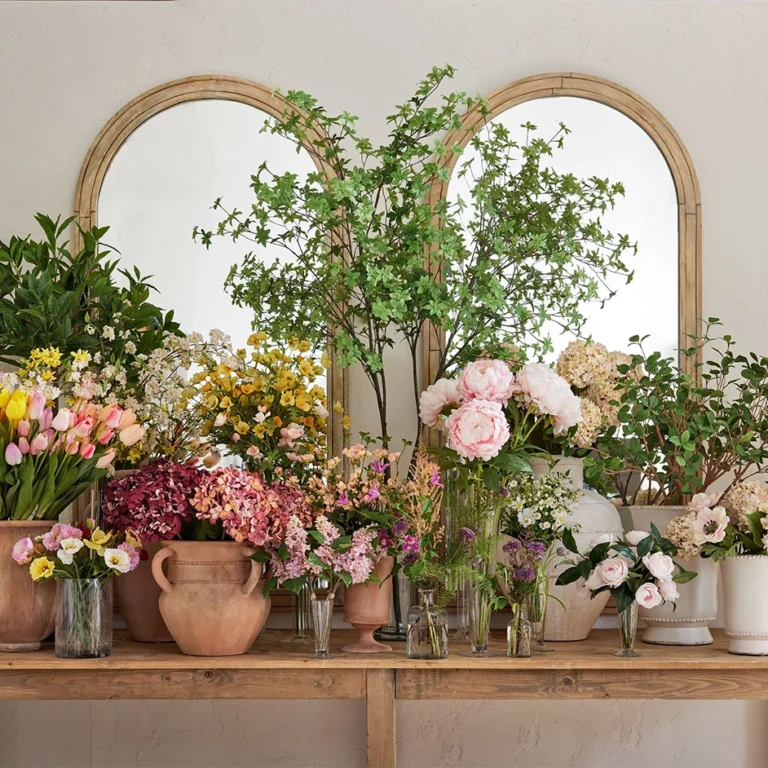
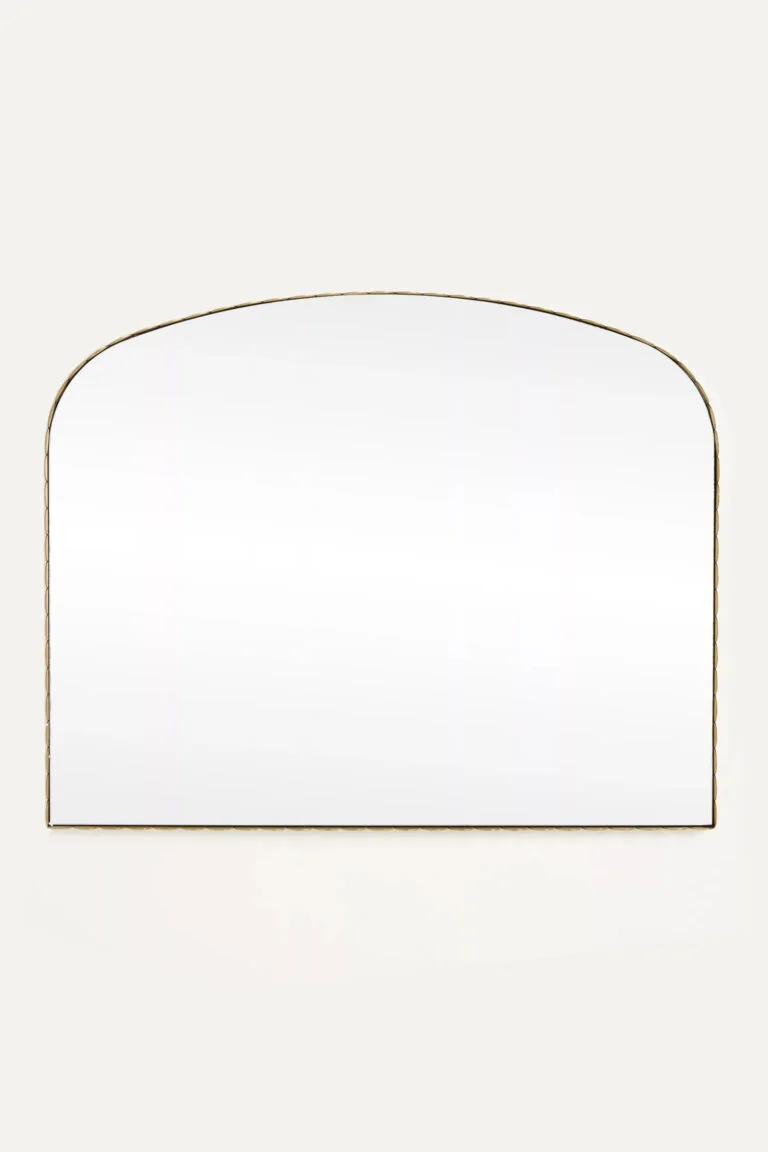
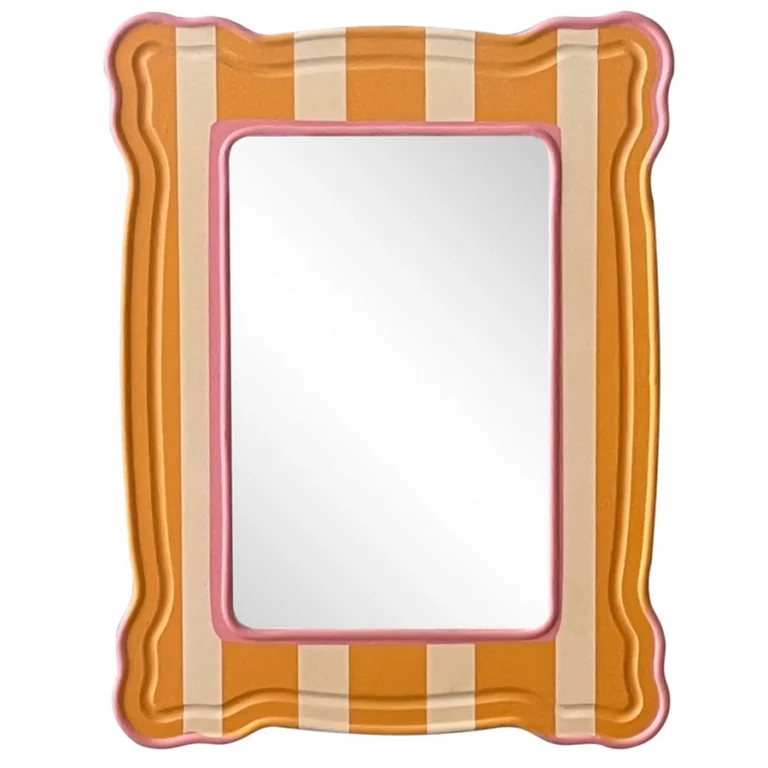
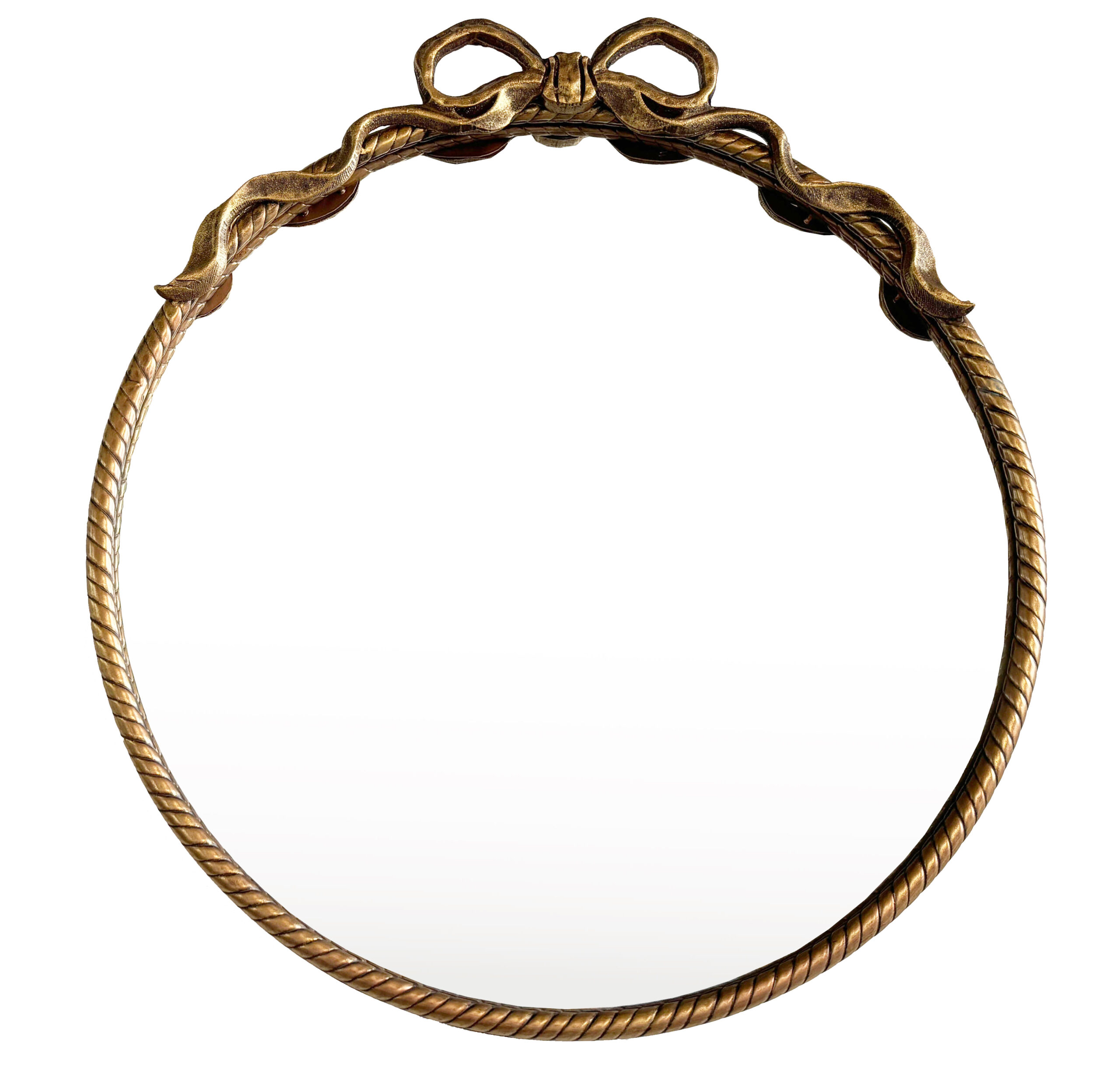
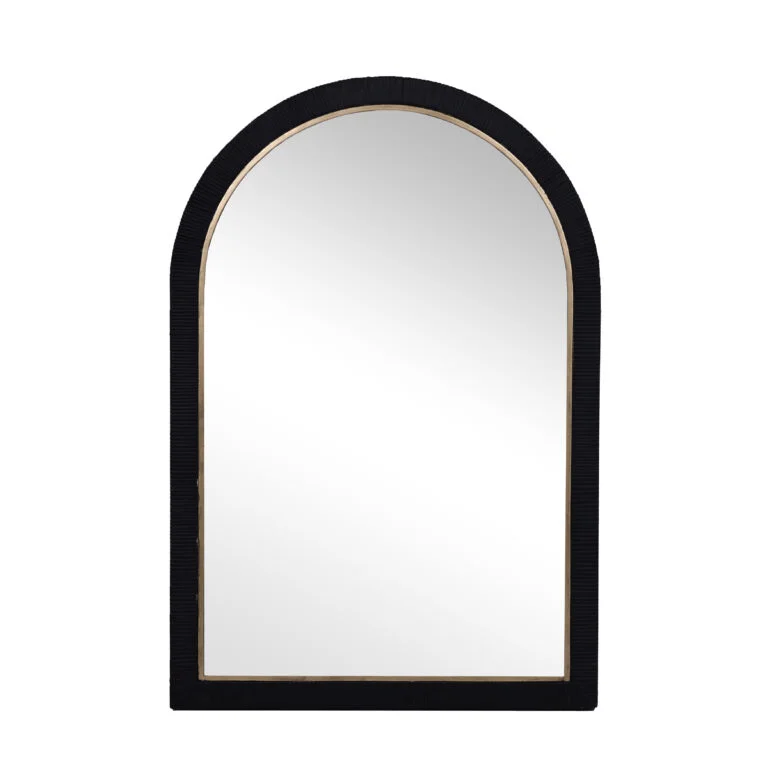
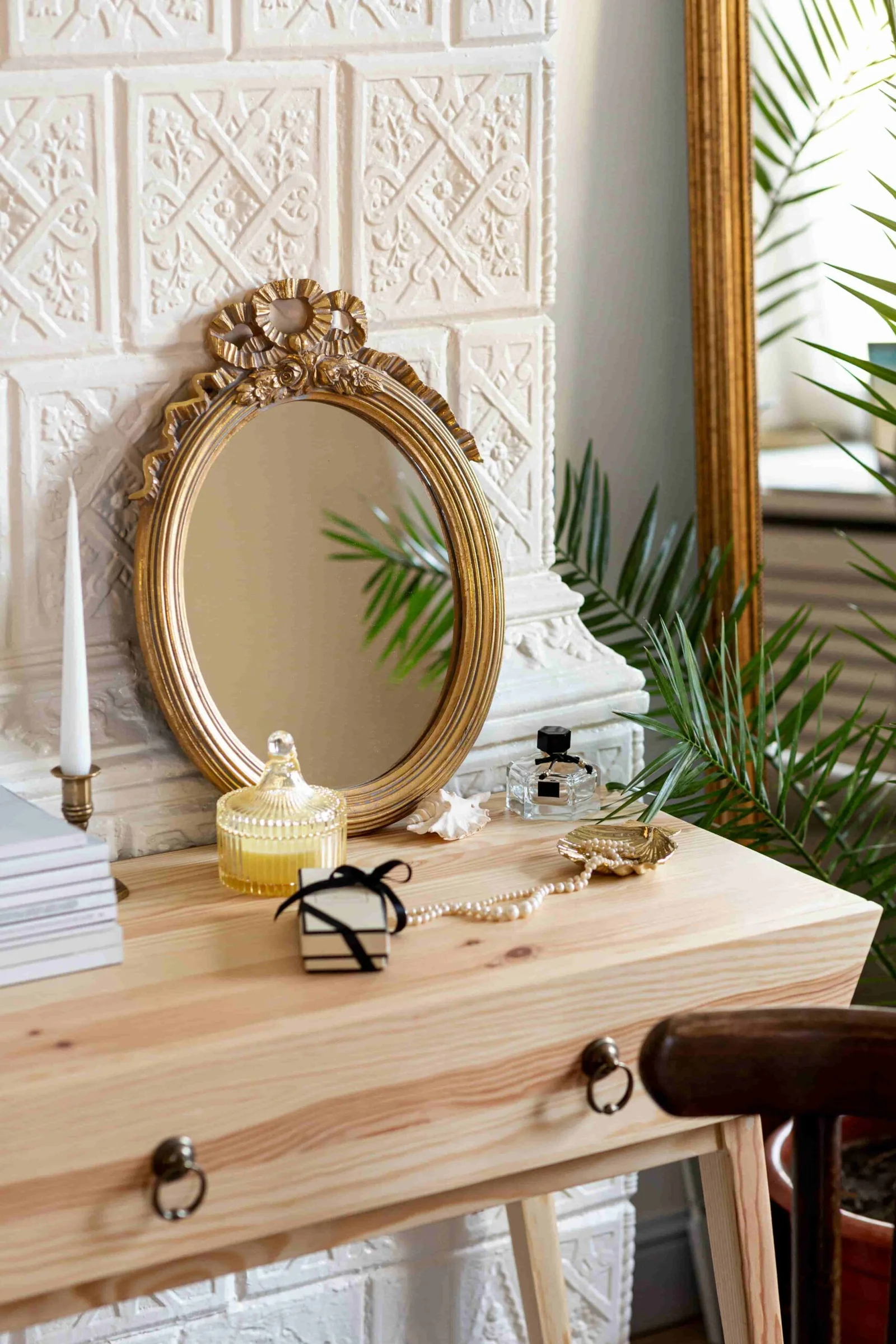
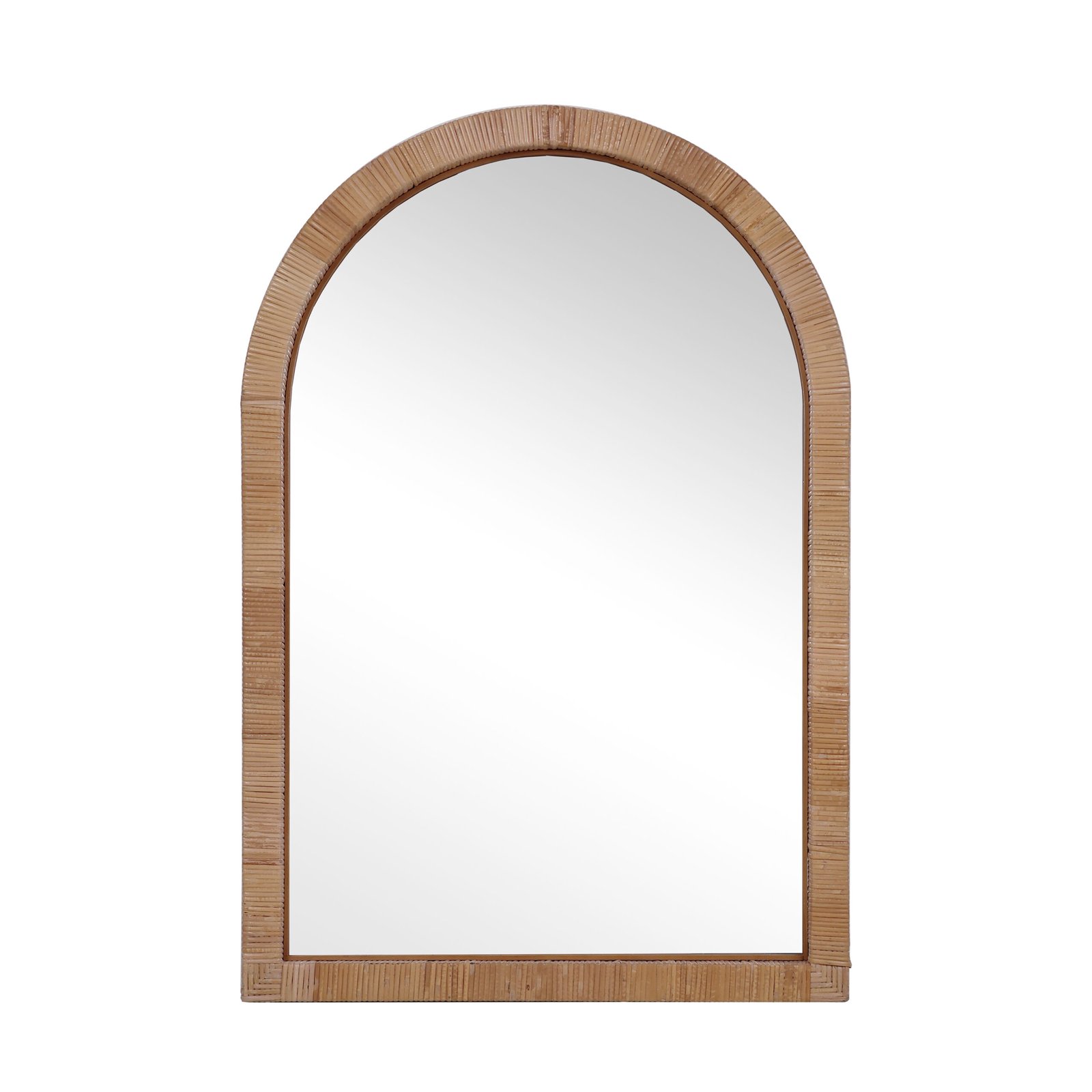
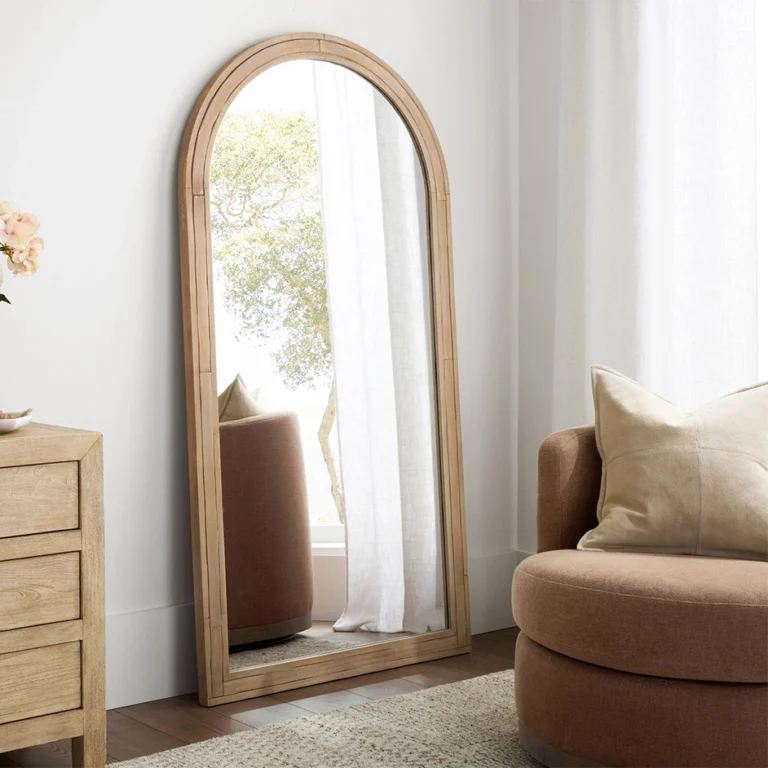
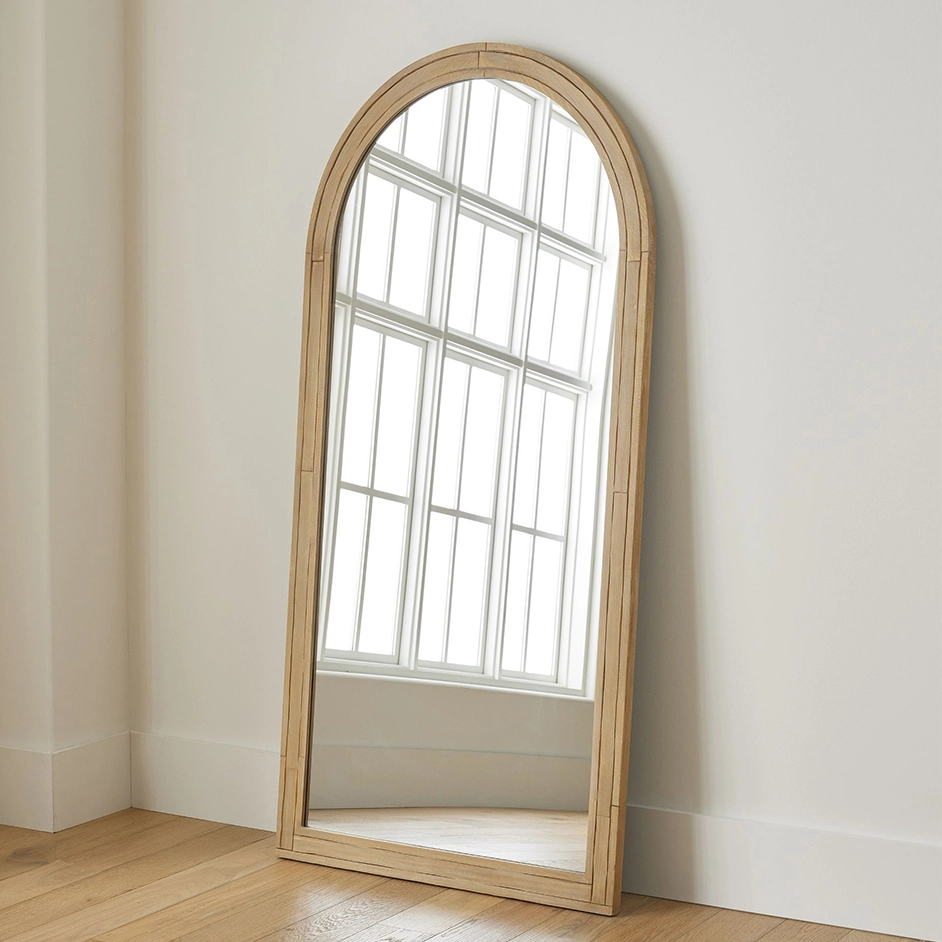
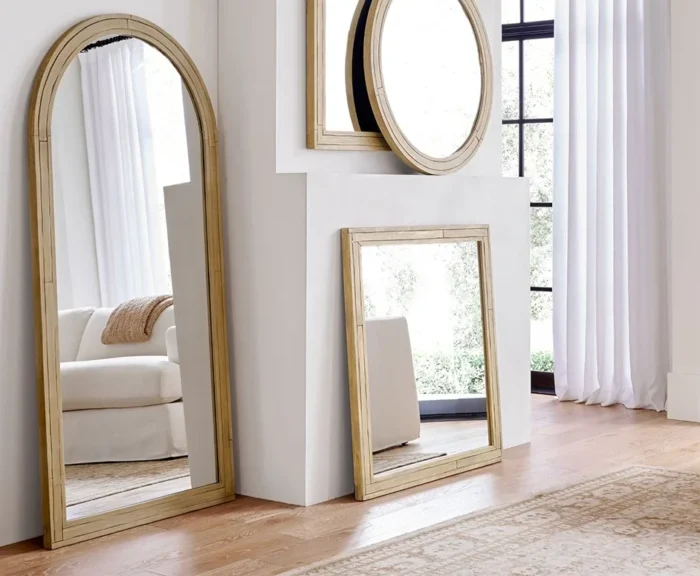
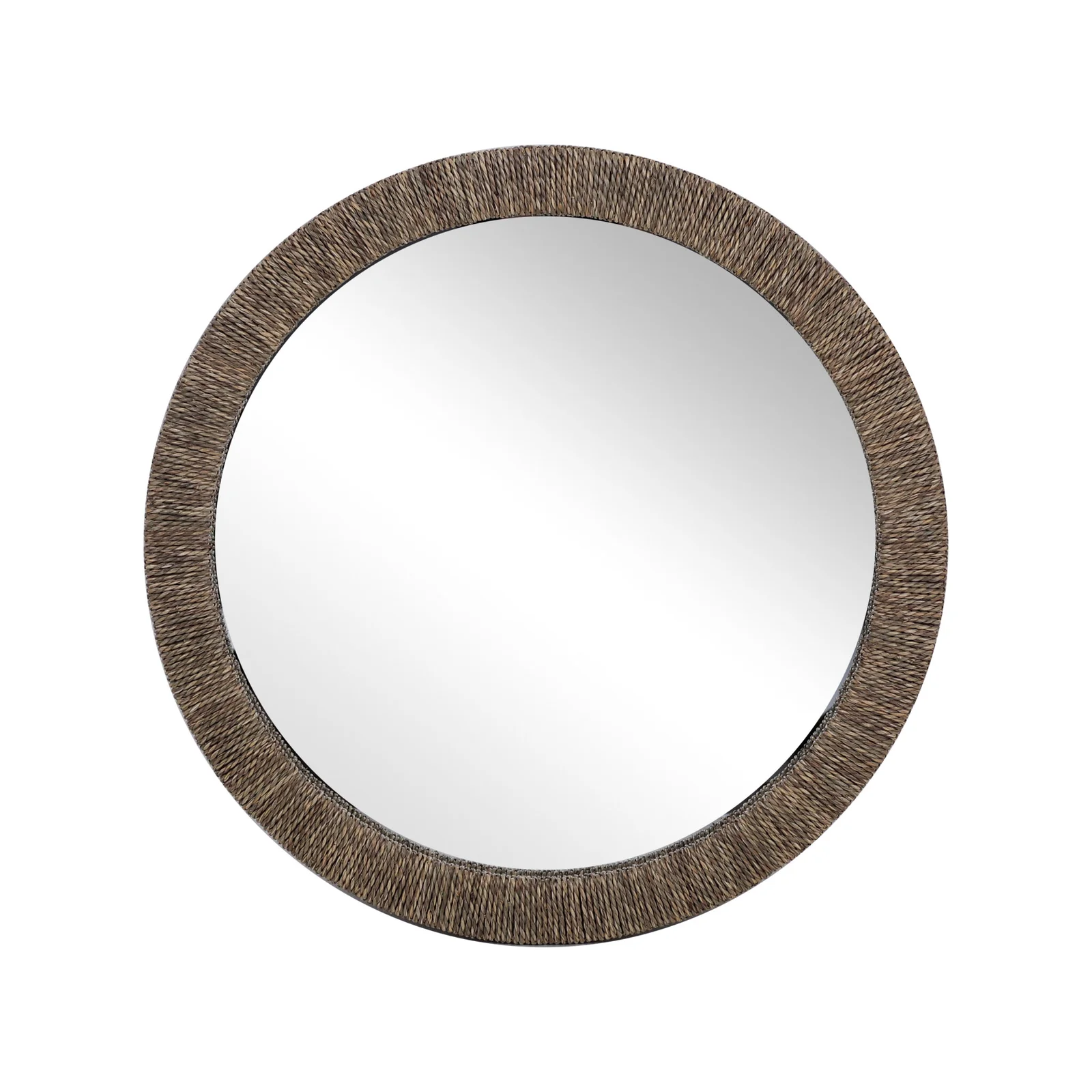
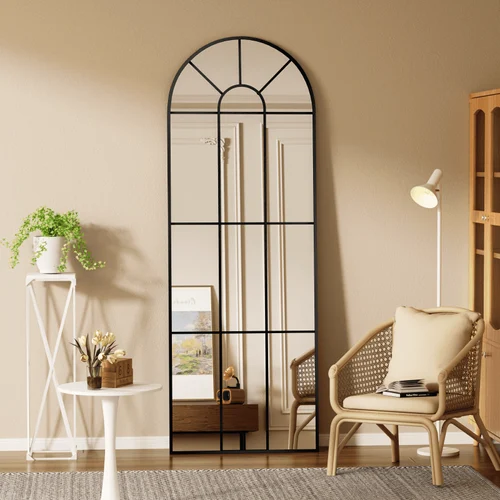
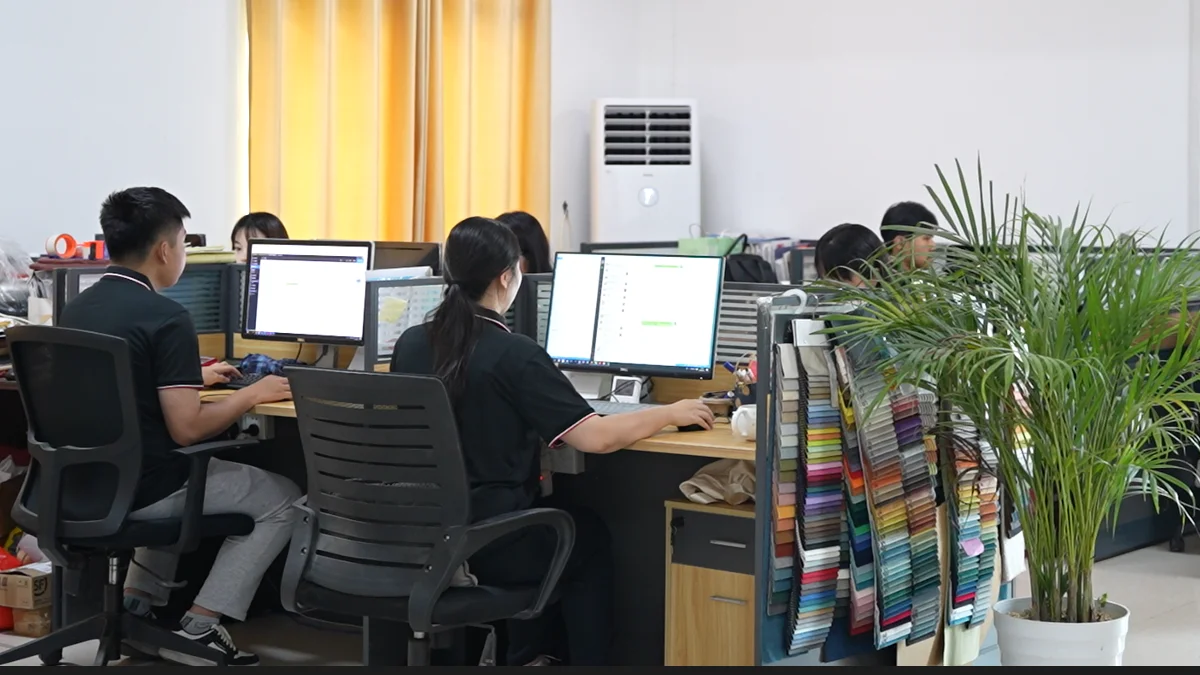
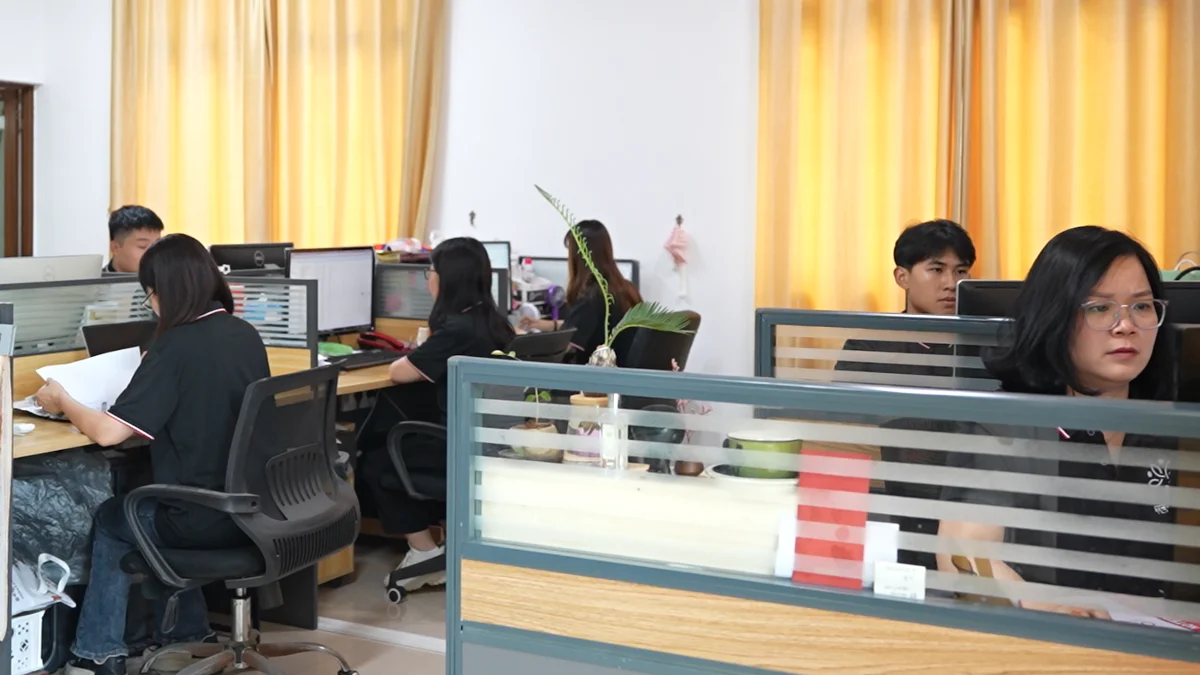
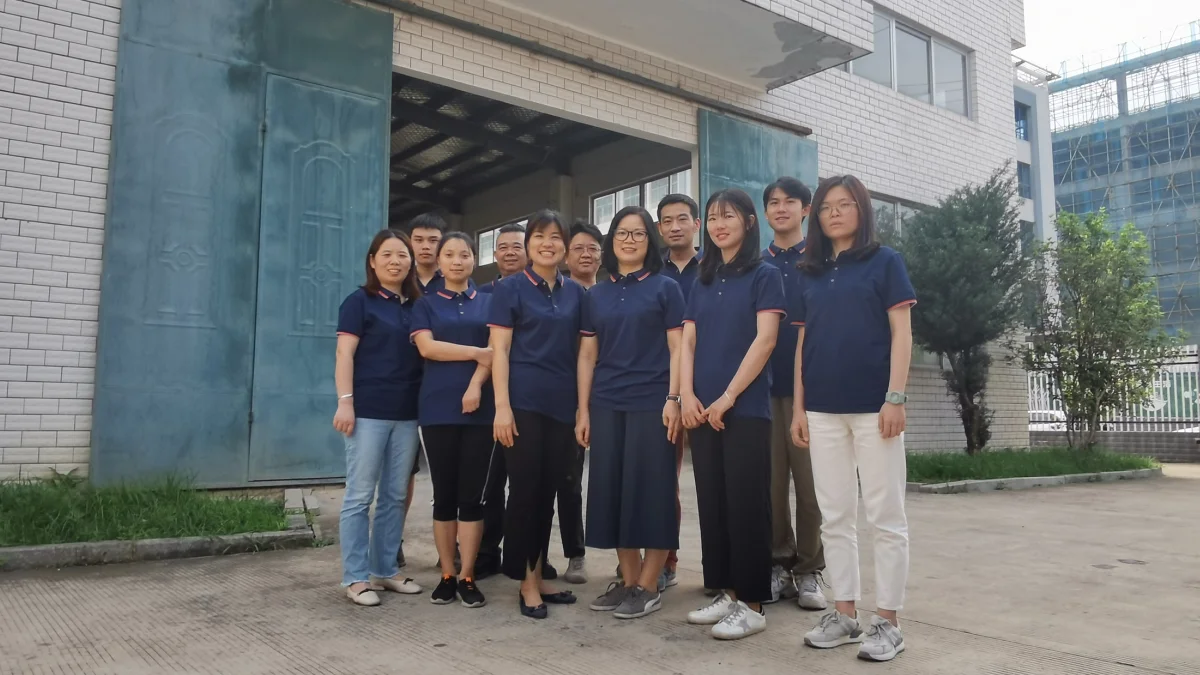
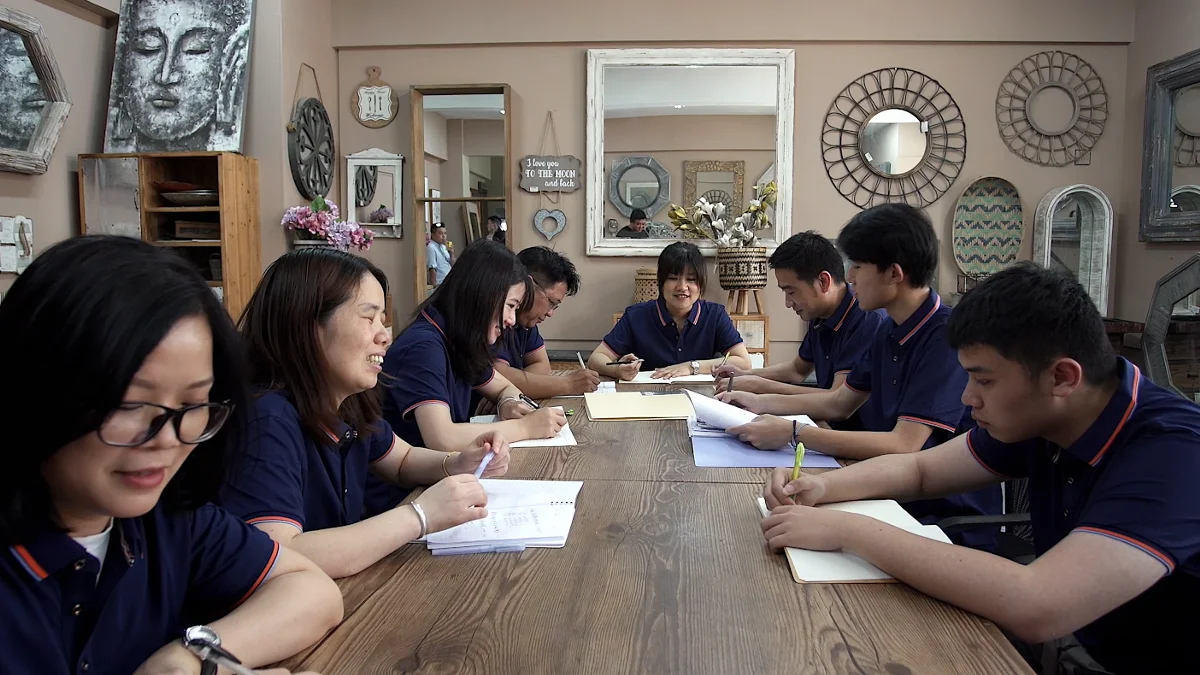

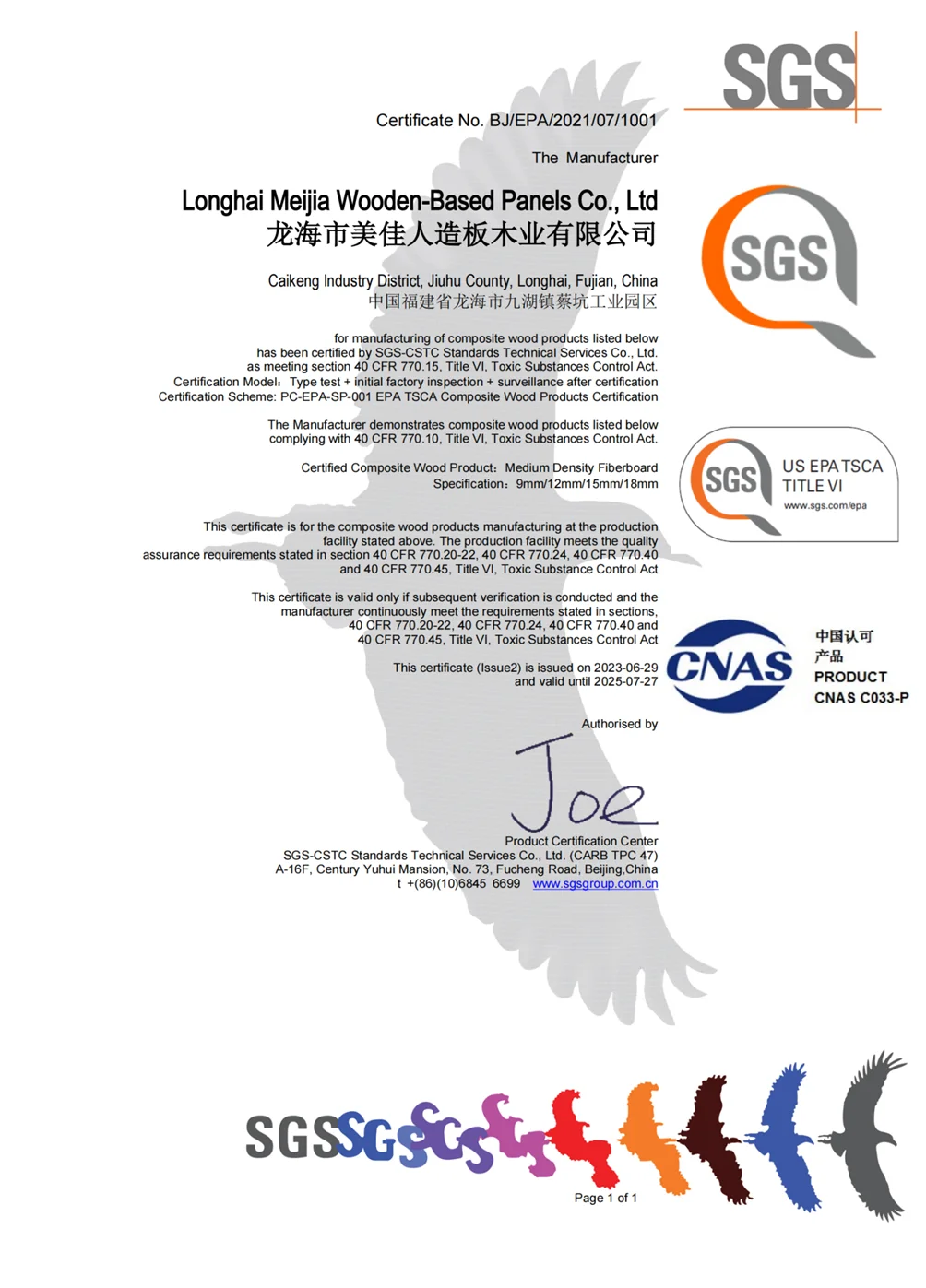

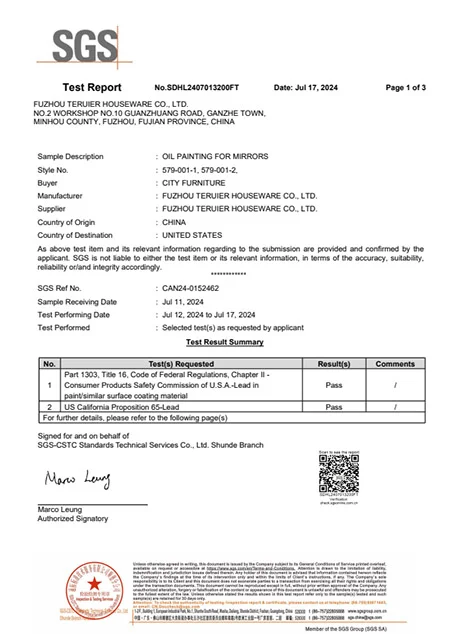

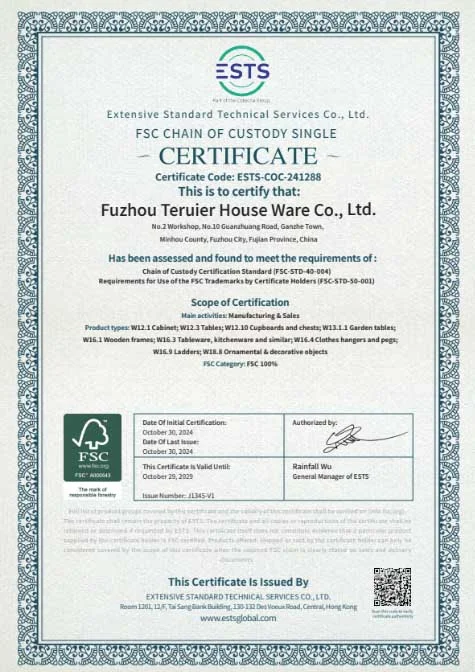
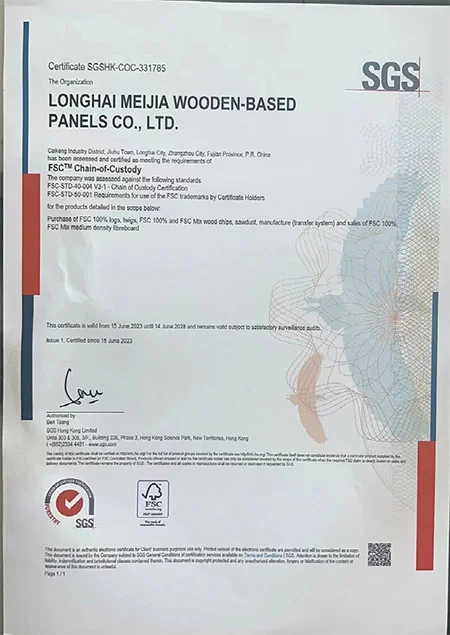
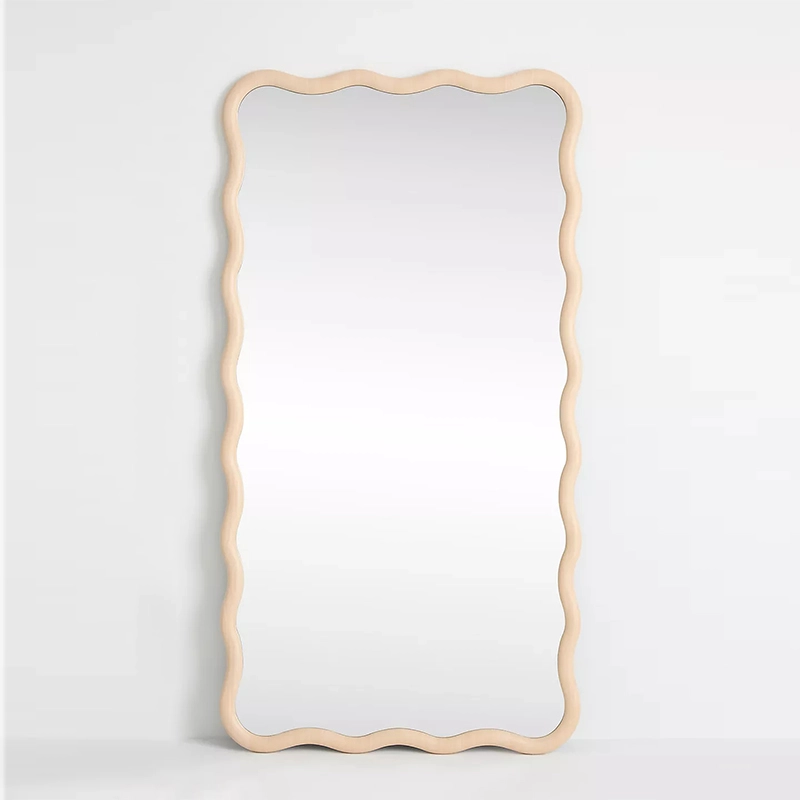
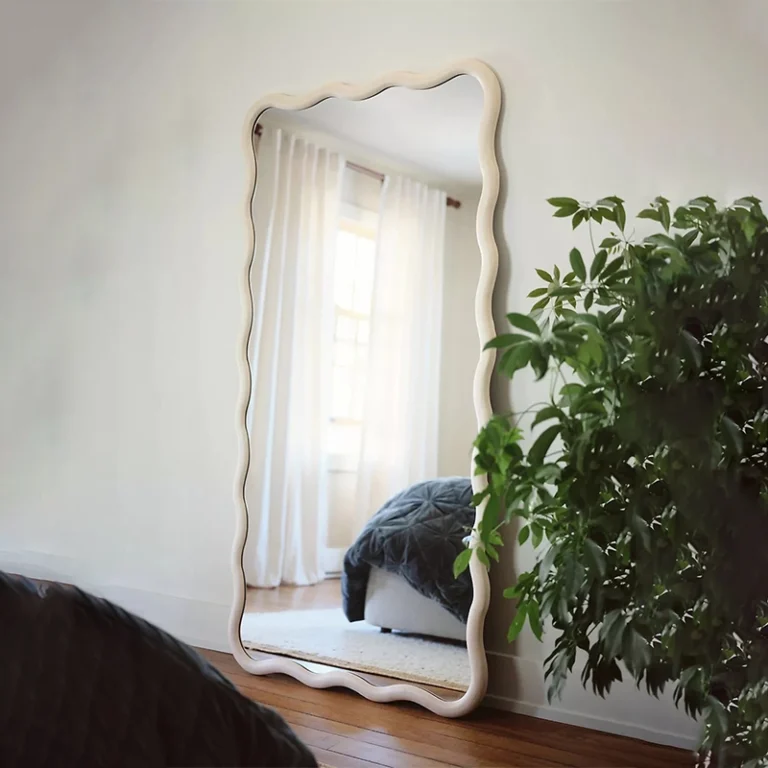

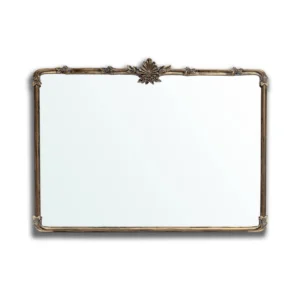
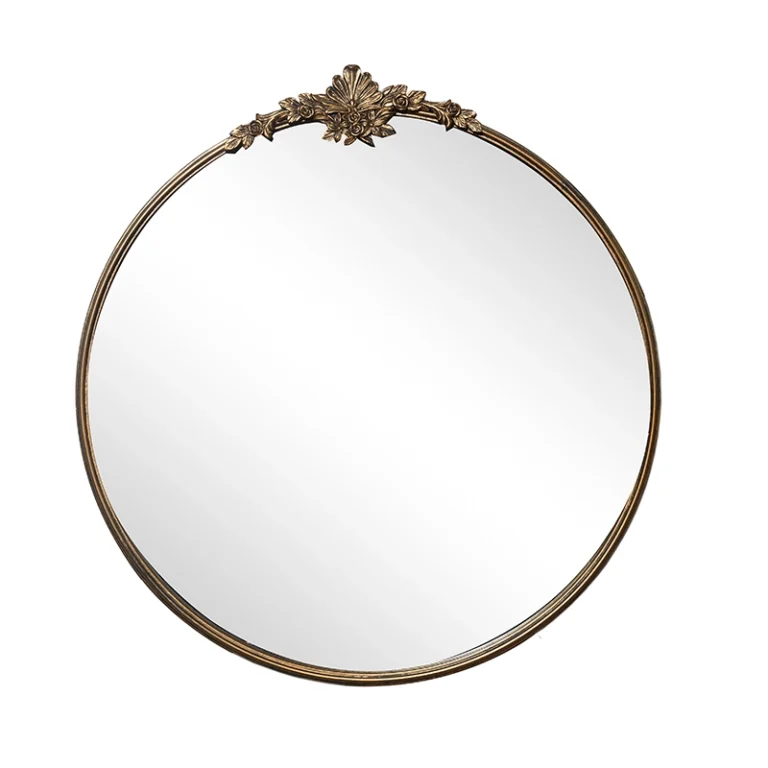
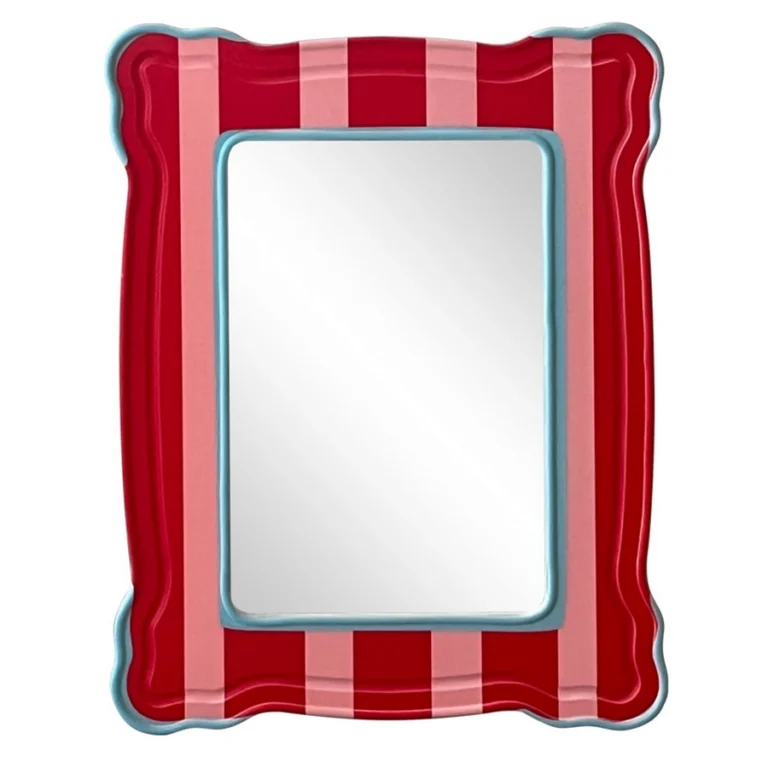


-scaled.jpg)
